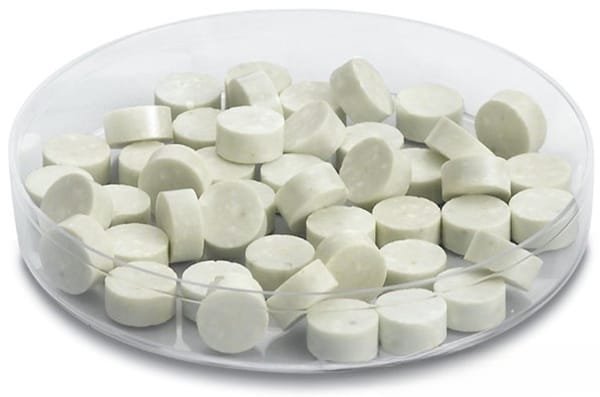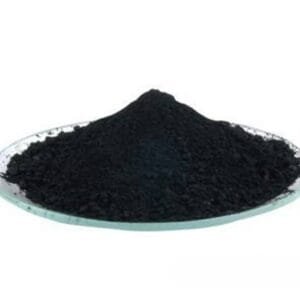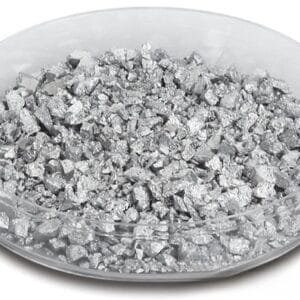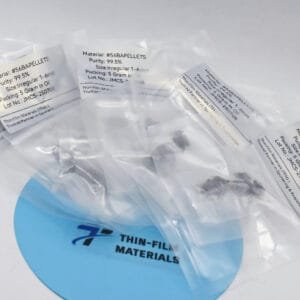Yttrium(III) Fluoride Evaporation Materials Description
TFM offers high-purity yttrium(III) fluoride (YF3) evaporation materials, known for their quality and performance in various deposition processes. Yttrium fluoride, with its white appearance, has a melting point of 1,387°C and a density of 4.01 g/cm³. This fluoride ceramic is commonly utilized in glasses and ceramics, and serves as a non-radioactive alternative to thorium fluoride (ThF4) for certain applications. Our high-purity YF3 materials, boasting up to 99.9995% purity, are essential for achieving superior film quality in deposition processes. Our stringent quality assurance procedures ensure that every product meets the highest standards of reliability.
Yttrium(III) Fluoride Evaporation Materials Specification
| Material Type | Yttrium(III) Fluoride |
| Symbol | YF3 |
| Appearance/Color | White solid |
| Melting Point | 1,387 °C (2,529 °F; 1,660 K) |
| Density | 4.01 g/cm3 |
| Purity | 99.9% |
| Shape | Powder/ Granule/ Custom-made |
Yttrium(III) Fluoride Evaporation Materials Applications
Our yttrium(III) fluoride evaporation materials are integral to a range of deposition techniques, including semiconductor deposition, chemical vapor deposition (CVD), and physical vapor deposition (PVD). They are primarily used for optics, wear protection, decorative coatings, and display technologies.
Yttrium(III) Fluoride Evaporation Materials Packaging
To ensure quality and prevent damage, our yttrium(III) fluoride evaporation materials are meticulously tagged and labeled for efficient identification. We prioritize careful packaging to protect the materials during storage and transportation.
Contact Us
TFM is a top-tier manufacturer and supplier of high-purity yttrium(III) fluoride evaporation materials, available in various shapes such as tablets, granules, rods, and wires. We also offer customized forms and quantities upon request. In addition to evaporation materials, we provide evaporation sources, boats, filaments, crucibles, heaters, and e-beam crucible liners. For inquiries about current prices or to request materials not listed, please contact us.



 MSDS File
MSDS File



Reviews
There are no reviews yet.